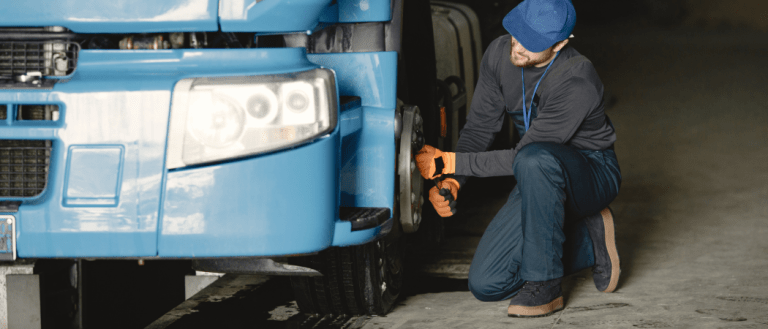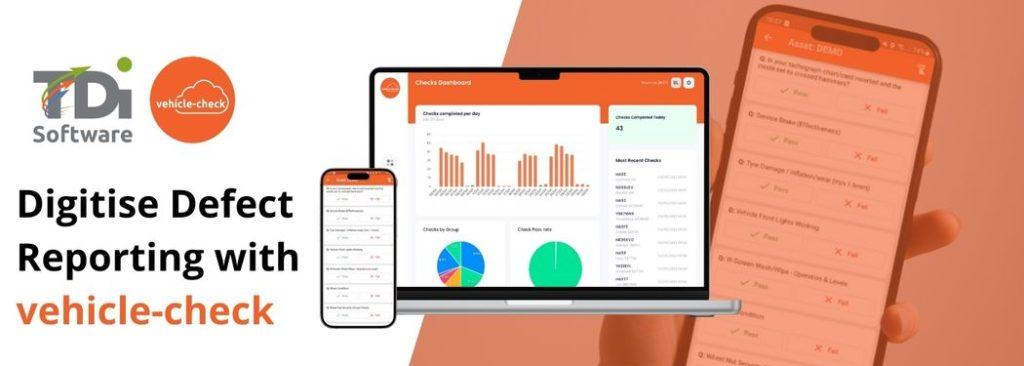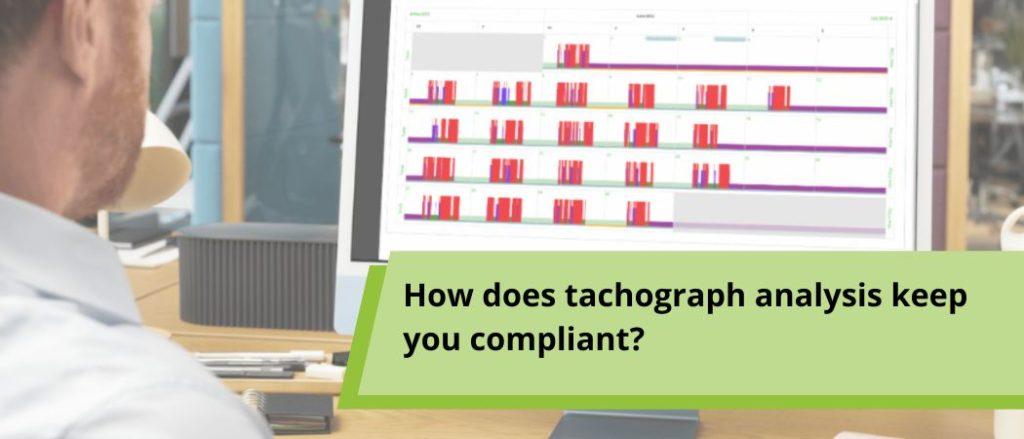
Roadside inspections are carried out by DVSA on a daily basis across the UK to ensure that commercial vehicles and drivers meet the legal responsibilities and safety regulations to keep drivers and other road users safe.
For drivers and operators, roadside inspections are a way of showing compliance in your fleet and to ensure that safety laws are met consistently. Checks are carried out by DVSA not only to protect road users, but also protect drivers and companies reputation when it comes to safety and compliance standards.
Will I get stopped for a roadside inspection?
Any driver operating a commercial vehicle can be stopped for a routine roadside check. This includes lorries, buses, coaches and vans. However, you are more likely to be stopped if you have a high operator compliance risk score. (OCRS) This uses past data from previous roadside inspections, MOTs, assessments and any site visits from DVSA to give an overall score in compliance. This then allows DVSA to make informed choices in which vehicles to stop to get unsafe vehicles and non-compliant operators off the road.
Where will I be stopped for a roadside check?
Every so often commercial drivers can be stopped by either police or DVSA officers for a routine check. A DVSA officer’s vehicles can be recognized by the black and yellow print on the side and a DVSA logo on the bonnet. DVSA officers will also always carry a DVSA warrant card.
Checks can either be conducted at the roadside or at dedicated testing sites, where checks are carried out to ensure that compliance and safety standards are being met and to keep unsafe vehicles off the road.
So what happens in a roadside check?
Officers will check your vehicle to ensure you are following safety standards and tachograph compliance, and can carry spot checks on your vehicle. The 4 main regulations they will check are:
- checking authorised load weights and type of load permitted
- checking vehicles for roadworthiness and mechanical faults
- looking at your tachograph records
- making sure you have a valid vocational driving licence
If you do not meet the standards set, DVSA can issue prohibitions which can then prevent you from driving until you get the problem fixed on your vehicle, or they can issue a fine up to £300 depending on the seriousness of the offence and the circumstances surrounding the fine.
How can drivers prepare for a roadside check?
Ensuring drivers have the right documentation allows roadside checks to take up less time and shows compliance in areas such as roadworthiness and tachograph compliance. Our vehicle-check and disc-check app allows drivers to show historical walk-around checks and driving data for the last 14 days, and show the last two months of driver infringements.
Our vehicle-check app allows drivers to carry out daily walk-around checks and includes photo uploads, comments sections and time and location stamps to ensure checks are carried out at the correct time and place before their journey begins. The app also allows drivers to report ad-hoc defects if something happened during a shift that meant a defect occurred such as a chipped window or a dashboard warning light had come on.
Transport managers can also use vehicle-check to schedule routine maintenance on all of their fleet’s vehicles using our maintenance planner and upload paperwork for all work carried out on vehicles. Fleets can also use vehicle-check to carry out more in-depth weekly and monthly checks on vehicles, trailers or even yard or gate checks.
How using disc-check can assist with tachograph compliance
Our tachograph analysis can help operators view and manage their tachograph data and working, and manage driver infringement and compliance all in one place. By using tools such as working time calendars, driver debrief and scheduled reporting, managers can show compliance with ease.
If you would like to know more about how TDi Software can help manage compliance and vehicle safety, get in touch with our team to arrange a demo today.




